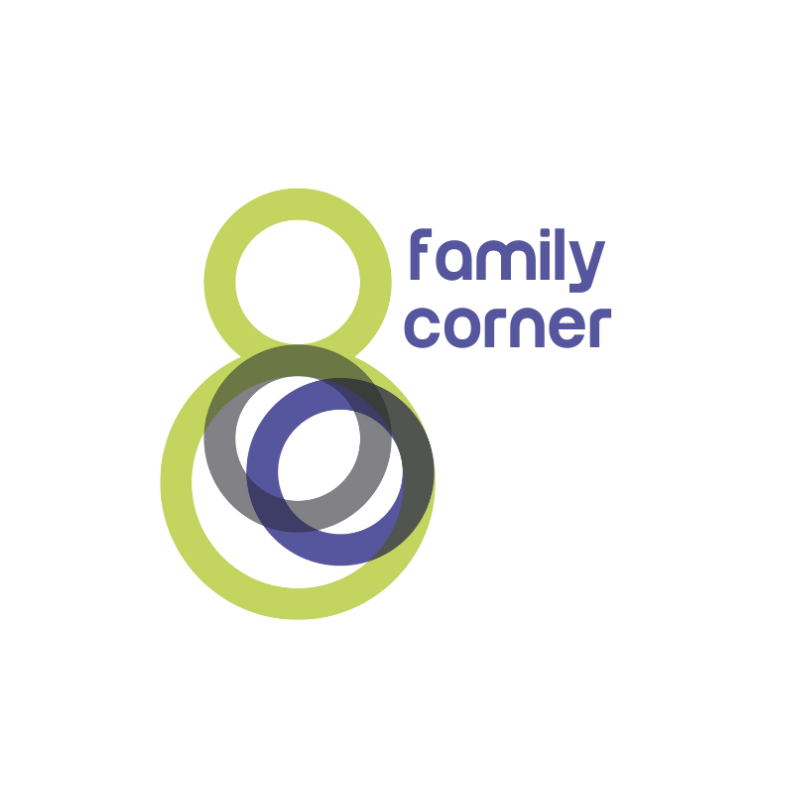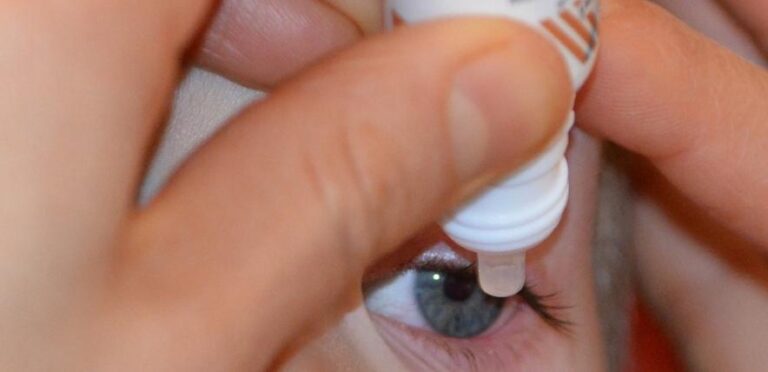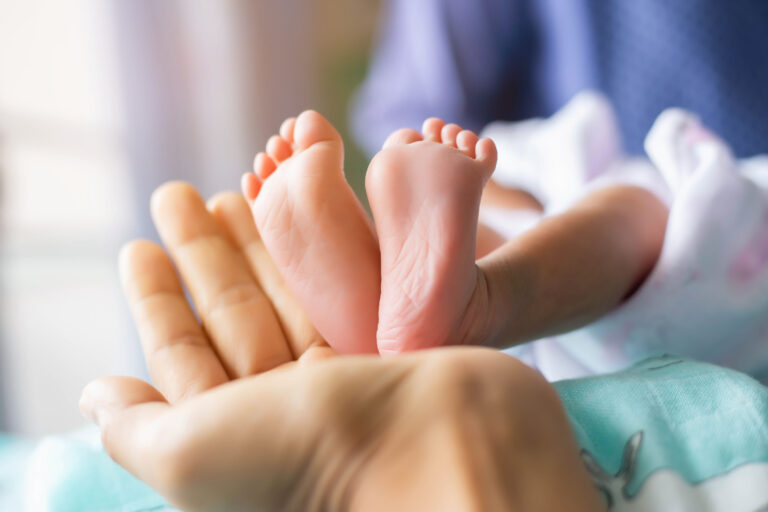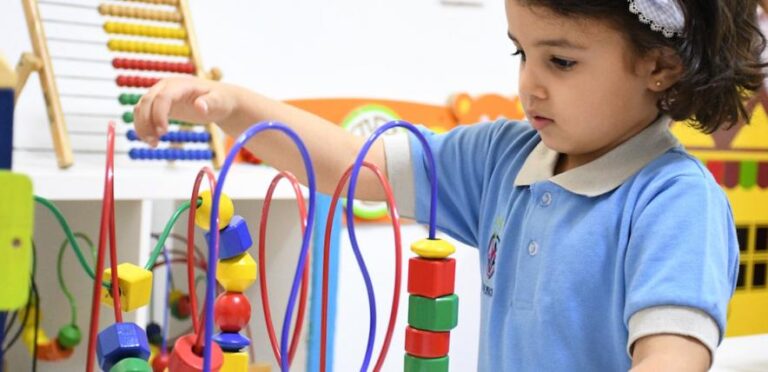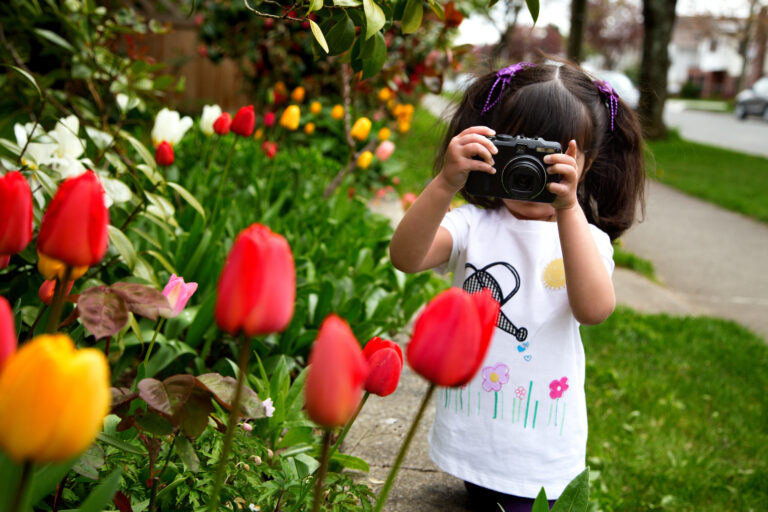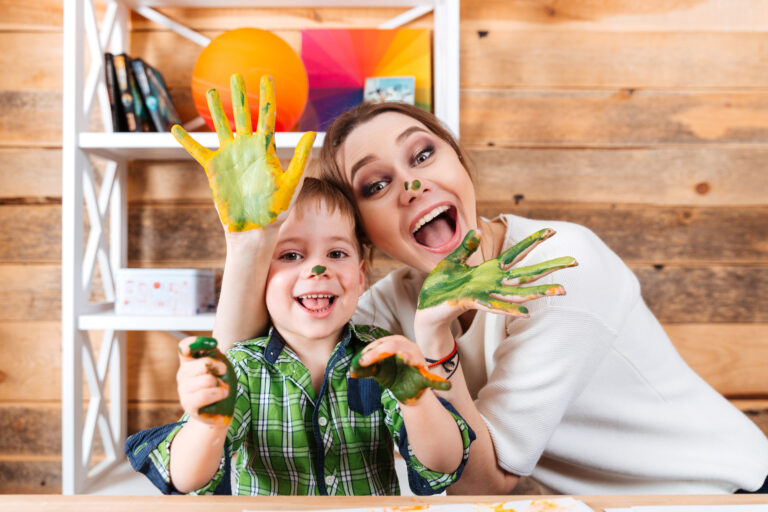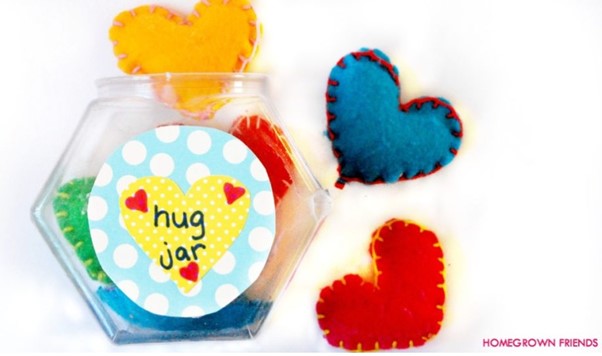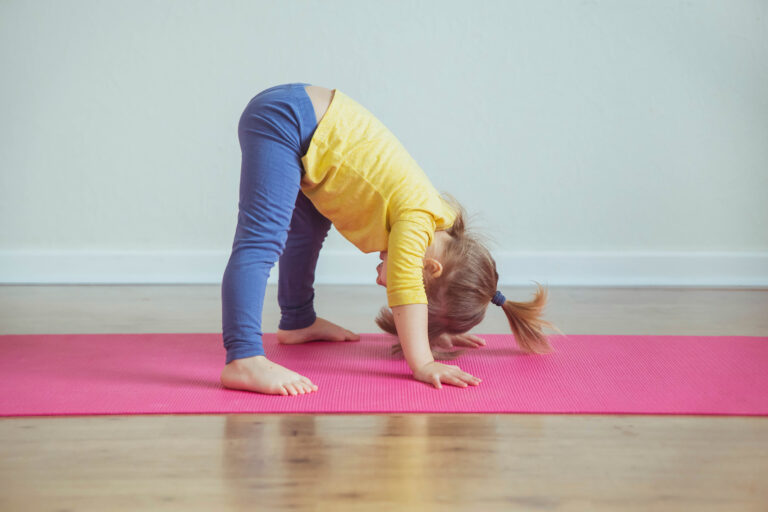Conjunctivitis, sometimes known as red eye, is common in young children and it involves the swelling of the thin membrane that covers the whites of the eyes and inside the eyelids – known as the conjunctiva.
In its viral and bacterial form, it is infectious and can be passed on for example, through sharing towels.
The other form of conjunctivitis that is caused by allergies, such as pollen and dust that irritate the eye, is not infectious.
In rare cases, a child may also be infected as a reaction to some medicines or foods, some chemicals such as those found in swimming pools, or smoke and fumes.
Conjunctivitis won’t do any long term damage to the eyes, or your child’s vision but it can be uncomfortable.
What are the signs of conjunctivitis?
The signs to look out for are red, itchy eyes, and sticky eyelids.
Your child’s eyes may water more than normal and there may be a discharge visible in the corners, particularly in the morning.
With viral conjunctivitis this discharge will be sticky and clear, and may be accompanied with flu-like symptoms.
If your child has the bacterial form, then it will be yellow, while allergic conjunctivitis discharge is clear and watery.
Bacterial and viral infections tend to start in one eye and spread to the other, while allergic conjunctivitis will usually affect both eyes at the same time.
You child may also complain of gritty and sore eyes, and blurred vision.
What should I do?
If you suspect your child might have the infection you should visit your GP, who may take a swab of the discharge so it can be tested to find out which form of conjunctivitis it is.
Depending on the type, the doctor will prescribe antibiotic or other eye drops to help clear it up. Administering eye drops shouldn’t be painful but they may sting a little.
The allergic form will probably be treated with an antihistamine.
Any crusting over of discharge can be gentle washed away with a clean cotton wool pad soaked in cooled, boiled water, starting in the corner of the eye and wiping to the outer eye (use a clean cotton wool pad for eaach eye).
Don’t share flannels or towels with anyone who has the infection so it doesn’t spread within your family.
To further help prevent future infection, encourage good hand-washing and try to make sure the child doesn’t touch or rub their eyes.
If the infection lasts for more than a week with the use of medication, go back to your doctor who may need to refer you to a paediatric ophthalmologist. You should also seek medical help if your child complains of pain in the eye, sensitivity to light or blurred vision.
A new born baby suspected of having conjunctivitis should be seen by a doctor immediately, as there may be complications from non-treatment.
Further reading:
This article was written by Dorothy Lepowska-Hudson for the Early Years Alliance.
This article is for information purposes only and should not be used as a substitute for professional medical help. If you or your child is unwell you should consult a medical professional.
